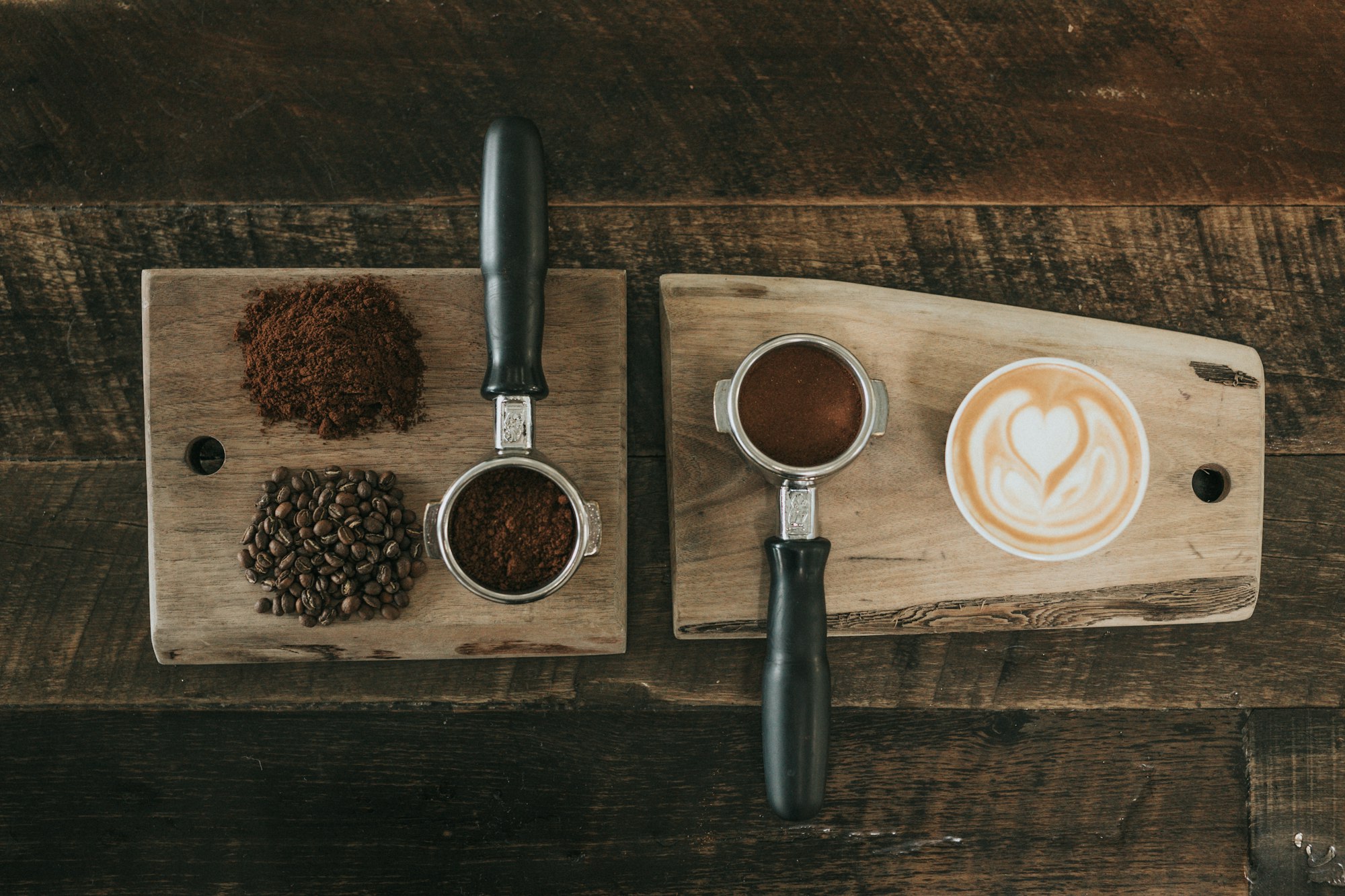Good Coffee: Easy to Drink, Difficult to Make

I’ve been drinking coffee zealously, especially Americano, and I mostly have been making my own coffee with my Delonghi Dedica for about 5 years. But I’ve never appreciated how difficult it is to make good espresso and Americano until now. Admittedly, I haven’t thought very highly of baristas until lately, but with a new and much more complicated machine that I bought, I’m now fully repenting on my previous thoughts and appreciating the skills of good baristas these days.
I purchased my De’longhi Dedica around 2018, with the urging of a friend. It was a good entry-level machine, easy to use and clean. It did make better coffee than Starbucks or Costa and made it consistently, but unfortunately, it didn’t get close to the taste of the coffee you get from specialty coffee shops. It was mediocre or good, but it wasn’t very good. After being fed up with it, I experimented with a bottomless portafilter for a few days, and I got even more frustrated. Dedica might be a good machine, but it cannot improve beyond a very low bar.
After a few days of bottomless fiddling (haha), I purchased my Sage Barista Pro. Then I got frustrated even more. How the hell making a good cup of coffee can be this difficult? Theoretically, all you need to do is put the coffee through some hot water. Practically, it’s nowhere that simple.

Shooting with DSLR Cameras or Espresso Machines?
Making a good cup of coffee is pretty similar to taking good photos with a DSLR camera. You have a lot of elements you need to think of. A good camera would let you adjust Aperture, Shutter Speed and ISO to find a good balance to shoot a decent photo. But that’s just the technical side of things. You’ll also need to think of the Light, Subject and Composition to make it a good shot. Photography is also a long and challenging topic.
To make a good shot of espresso with your proper espresso machine, you’ll also need to find a balance between many things: The freshness of coffee, the type of roast, the size of the grind, the amount of coffee in the portafilter, the amount of espresso you’re targeting, total time of the shot, etc. It gets very much complicated very quickly.
It all comes down to what you want to achieve. What defines a good photo for you? What kind of taste are you trying to achieve with your beans?

Journey into the Madness
I have to say, I got overwhelmed and drowned in the details quickly. It took me a while to understand the basics: The amount of coffee I put in (around 18g on average), the amount of espresso I expect (around 38g of liquid) and the time it takes (8-12 seconds for liquid to start, around 25-30 seconds in total to finish). I start with this recipe with the beans I haven't tried before. Then I adjust:
- If the extraction started too early or finished less than 20 seconds: Increase the resistance in the portafilter by either increasing the amount of coffee, tamping harder or making the grind finer.
- If the extraction started too late or finished more than 35 seconds: Decrease the resistance in the portafilter by either reducing the amount of coffee, tamping softer or grinding coarser.
One thing I never do though: Don't change more than a variable at once. Always change one and then observe. Treat this as a scientific experiment. Go empirically.
This approach is difficult and exhausting, but it's also the best way for me to learn. Sometimes I get to try 100 different ways to make bad coffee before I get to make a good one. Sometimes I get lucky and it's a much shorter experience. But every new bag is a new journey and me being a very junior barista makes each a frustrating one.
But truthfully, I wouldn't have it any other way.

